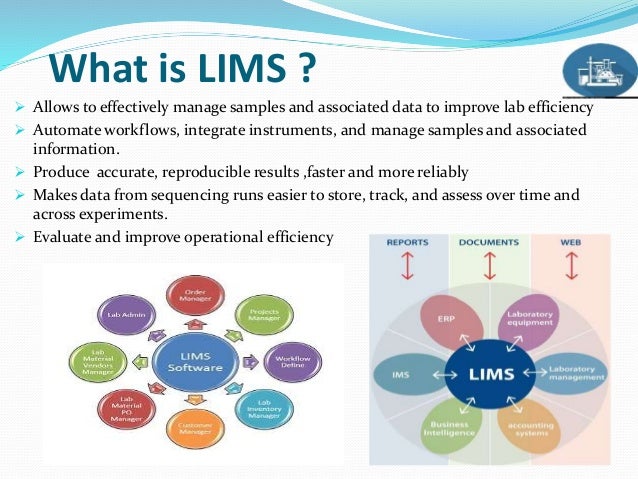

There are different types of software tools that small business owners can make use to enhance the efficiency of the operations. When there is a business running efficiently, it indicates a decrease in waste and an increase in profits and also this results in a healthy bottom line. Increased efficiency is one of the crucial factors that every business people require. To know more about us visit Mocdoc - LIMS Using a LIMS with EHR function will be a huge asset to your lab as the real-time data exchange can be made possible easily. Many LIMS have this EMR/EHR functionality built-in in their system. Workflow management using a LIMS saves time and conducts the job with precision.Įlectronic Medical Record (EMR)/ Electronic Health Record (EHR) is software that collects and stores information on the patient’s medical history in the form of records that can be shared via different health care mediums. As the name indicates, workflow management helps automate workflows and assign work if delegated precisely in the software.Īll you would have to do for better workflow management using LIMS is:Įnter proper codes to direct the LIMS system for a work assignmentĬonfigure the process flow of the work for sample analysisĪssign exact instruments for the particular work. The accuracy of a working system does not just depend on the data it needs an on-point process assessment where a LIMS system can be used. The need for workflow management using a LIMS is as important as Sample management and record-holding. The information collected and stored via a LIMS would fall under the following criteria:ġ) Details about the person whose sample is takenĢ) Details of the doctor/clinic who recommended for an analysisģ) The tests/analysis needed to be taken on the sample With LIMS, It would be easier to track the sample if it is labeled and assigned correctly by using RFID on the samples or barcodes. Since a large number of samples are collected and analyzed in a day, it would be difficult to record the samples without the chance of being confused with other analysis. This system gets initiated when a sample is received in a laboratory and gets registered in a LIMS. LIMS was originally created to help in the process of sample management systems occurring in laboratories. Some of the core functionalities of LIMS are explained as below: LIMS software is built in a way to support any upcoming progress while effectively working on a basic set of definite functionalities like the collection of data, tracking of sample, processing, data storage, and report generation. With the progress in technology, the functions of a LIMS progresses too. Various Common Functionalities Used In LIMS: The LIS modules are used by various laboratory departments like: The features of Laboratory Information system (LIS) have seen an evolutionary growth over the years from sample tracking to enterprise resource planning for clinical and specialty laboratories.Ī typical workflow pattern of a LIS in a clinical lab flows through three phases: Types of LIS Modules Used In Clinical Laboratory: Inspection, approval, and compilation of the sample data for report generation and further analysis. Storage of data associated with the sample analysis Processing and quality control associated with the sample Generally, the process of a LIMS is divided into five stages:Īssignment, scheduling, and tracking of the sample and the analytical workload The LIMs vendor you choose will define the proceeding process of the software. LIMS captures data automatically, gets processed, and is stored for future reference.
#SAMPLE MANAGER LIMS BOOK MANUAL#
Using LIMS would cut down on the need for manual tasks thereby increasing the accuracy in sample analysis. The main purpose of using a LIMS in a lab is to improve the efficiency of sample processing and management. Integrate instruments or other in-lab systems LIMS that are commonly used in clinical labs fall under the below categories: Additionally, labs can produce valid results quickly and can track data across experiments to improve efficiency. With LIMS, the lab can automate workflows, integrate instruments, and manage samples and associated information. Laboratory Information Management system (LIMS) is a software that is used in labs for data management and to process a large number of lab samples to manage laboratory workflow.


 0 kommentar(er)
0 kommentar(er)
